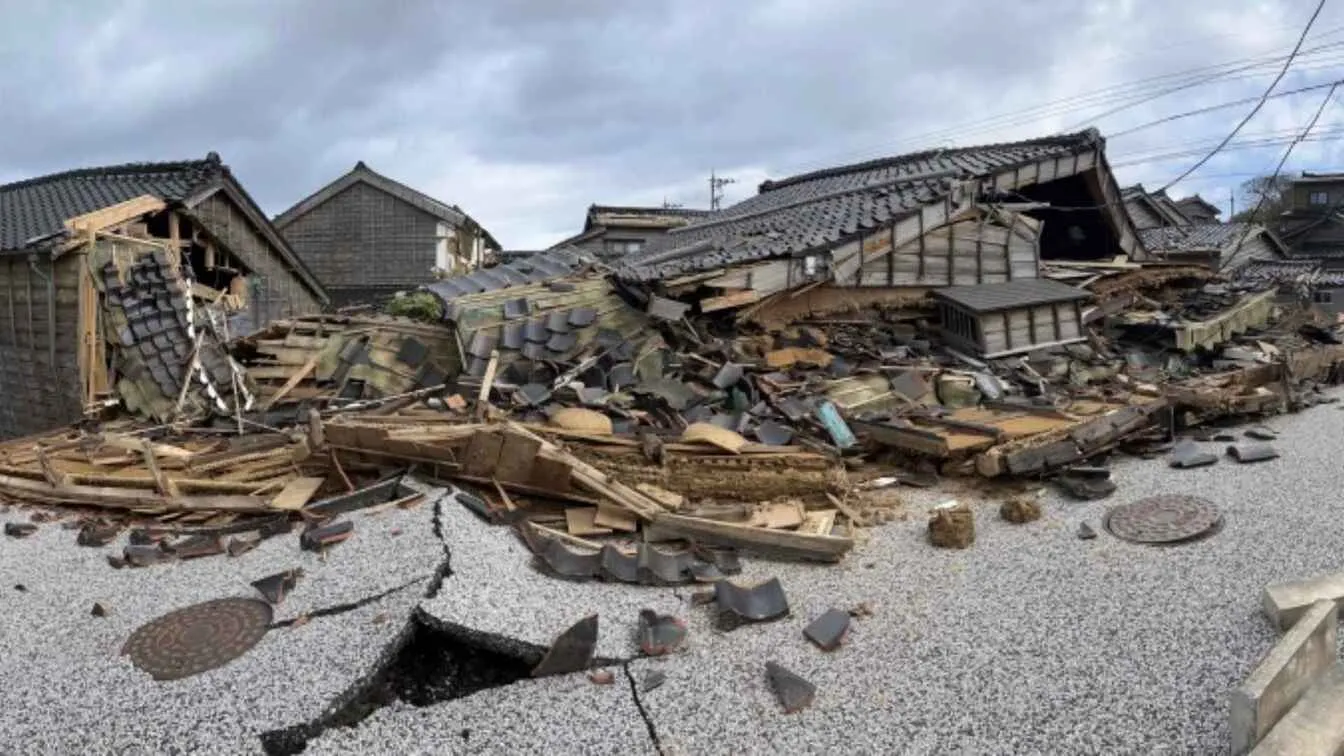A 6.0-magnitude earthquake struck Japan’s Kyushu region on Wednesday, the National Center for Seismology confirmed. The Japan Meteorological Agency (JMA) reported that the earthquake occurred at 7:34 AM local time at a depth of 40 kilometers.
Despite the intensity of the tremor, authorities have not yet reported any damage or casualties. The situation is being closely monitored as officials assess potential impacts.
Recent Earthquakes Raise Concerns
This latest earthquake comes just days after a devastating 7.7-magnitude quake in Myanmar, which flattened buildings, left more than 2,800 people dead, and displaced thousands. The back-to-back seismic events have reignited concerns over earthquake preparedness in the region, particularly in Japan, which sits on the Pacific Ring of Fire, a highly active seismic zone.
Government Warns of ‘Megaquake’ Risk
On Monday, the Japanese government released a sobering report warning that a future “megaquake” and resulting tsunami could lead to as many as 298,000 deaths and cause economic losses of up to $2 trillion.
The term “megaquake” refers to an exceptionally powerful earthquake, typically exceeding magnitude 8, with the potential for catastrophic destruction and massive tsunamis.
This latest government projection updates a 2014 estimate that examined the potential impact of a large-scale earthquake along the Nankai Trough. This 800-kilometer (500-mile) undersea trench stretches from Shizuoka, just west of Tokyo, to the southern tip of Kyushu. The region is a known hotspot for seismic activity, as the Philippine Sea tectonic plate slowly subducts beneath Japan’s continental plate. Over time, stress builds up between these plates, ultimately releasing energy in the form of earthquakes.
A History of Devastating Earthquakes
In August last year, the JMA issued its first-ever “megaquake advisory” under revised post-2011 regulations after a magnitude 7.1 earthquake in southern Japan left 14 people injured.
Earlier in January, a major earthquake struck the Noto Peninsula, killing at least 260 people. An additional 30 people later succumbed to quake-related injuries or conditions.
Japan’s stringent building codes and early warning systems have played a critical role in minimizing casualties in past earthquakes. However, experts continue to stress the importance of preparedness, as the country remains vulnerable to future seismic disasters.
Authorities urge residents in earthquake-prone regions to stay alert and follow safety protocols. “Japan has some of the most advanced earthquake monitoring systems in the world, but we must always remain vigilant,” a JMA official stated.
Also Read: NDRF Teams Conduct Search And Rescue Operations In Earthquake-Hit Mandalay, Myanmar




















